The day started wrong. The kettle hissed before I turned it on. My calendar showed two meetings I swear I never scheduled. I felt like a tourist in my own timeline. I’d tried every respectable fix – Pomodoro, time-blocking, habit stacks – yet my focus still slipped like a radio between stations.
Then a friend DM’d a phrase that sounded like an X‑Files spin‑off: Reality Transurfing. “Surf your lifeline,” the message said. Sure. And wear a tinfoil swim cap while I’m at it. But I was out of tricks, so I read. And something… moved.
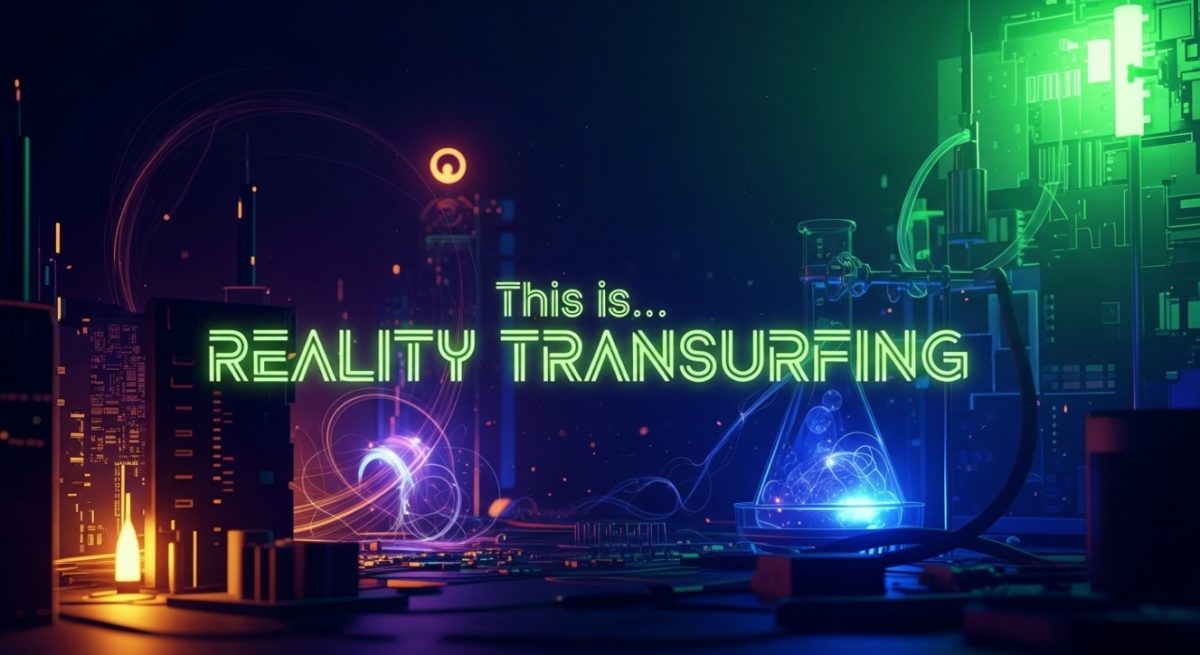
Reality Transurfing is a metaphysical self‑development model from Russian author Vadim Zeland. It claims every version of your life already exists inside a “space of variations,” and you can choose better outcomes by adjusting inner state and attention – less forcing, more gliding.
Key ideas:
- lifelines (different paths your day can take)
- pendulums (attention‑eating group thought structures)
- slides (vivid scenes of your desired outcome)
- a two‑part engine called inner intention (your effort) and
- outer intention (the world opening doors).
There’s no empirical proof for any of this – critics file it under New Age pseudoscience – but its metaphors are oddly usable if you treat them as mental models rather than physics. Zeland is often described as a quantum‑flavored mystic; his precise background remains deliberately foggy.
Tech aside – plain English.
Pendulum → a drama loop that eats your attention → it steals hours you meant for the draft.
Slide → a mental movie of “already done” → it aims your behavior toward that scene.
Dropping importance → want it, don’t worship it → your stress stops pushing it away.
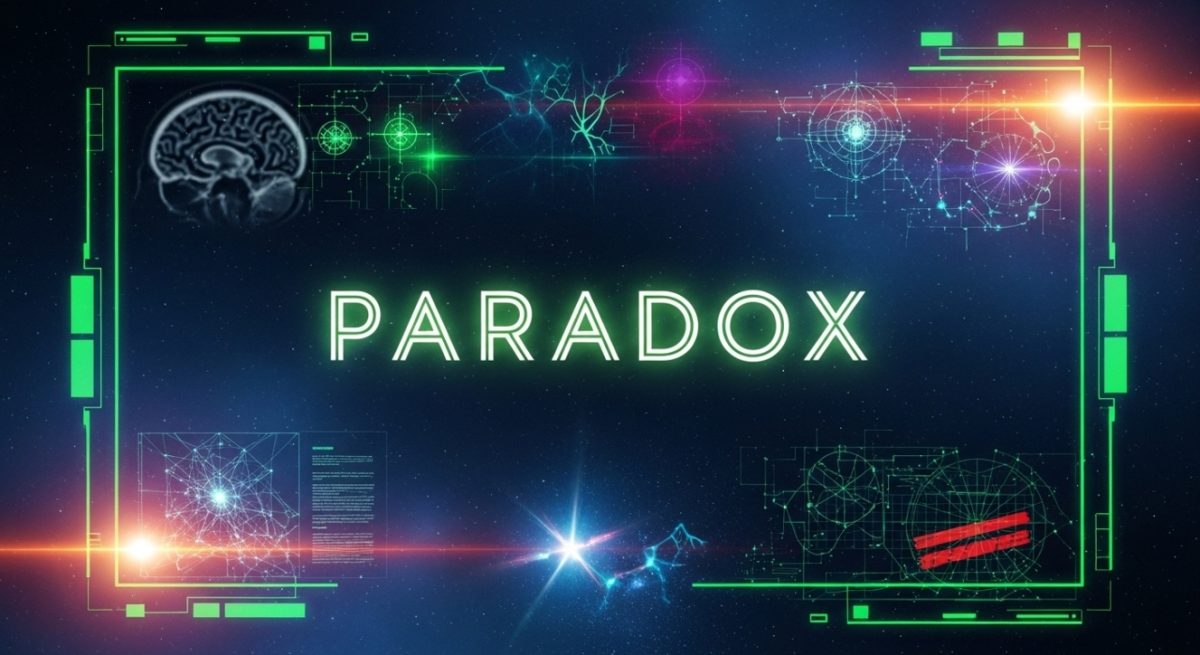
Here’s the paradox: the more I needed to finish, the slower I got. Transurfing frames this as excess importance – the emotional charge that triggers a kind of balancing backlash. Wanting too hard jams the gears. Drop the heat, regain the flow.
Micro‑rituals that cooled the circuit:
- One measured breath at the top of each hour. Inhale four, hold four, exhale eight.
- “Already done” posture. Shoulders loose. Cursor calm.
- A two‑line shift script in Obsidian: I’m writing from the finished version. The scene exists; I’m catching up to it.
Do I believe a multiverse rearranged itself around my to‑do list? No. Do I work better when I stop gripping the steering wheel like it owes me money? Absolutely. Transurfing’s advice maps suspiciously well to psychology’s “cognitive ease” – lighter mind, smoother task selection.
“Drop importance.”
A note I keep at the top of my Notion board. It’s both a mantra and a permission slip.
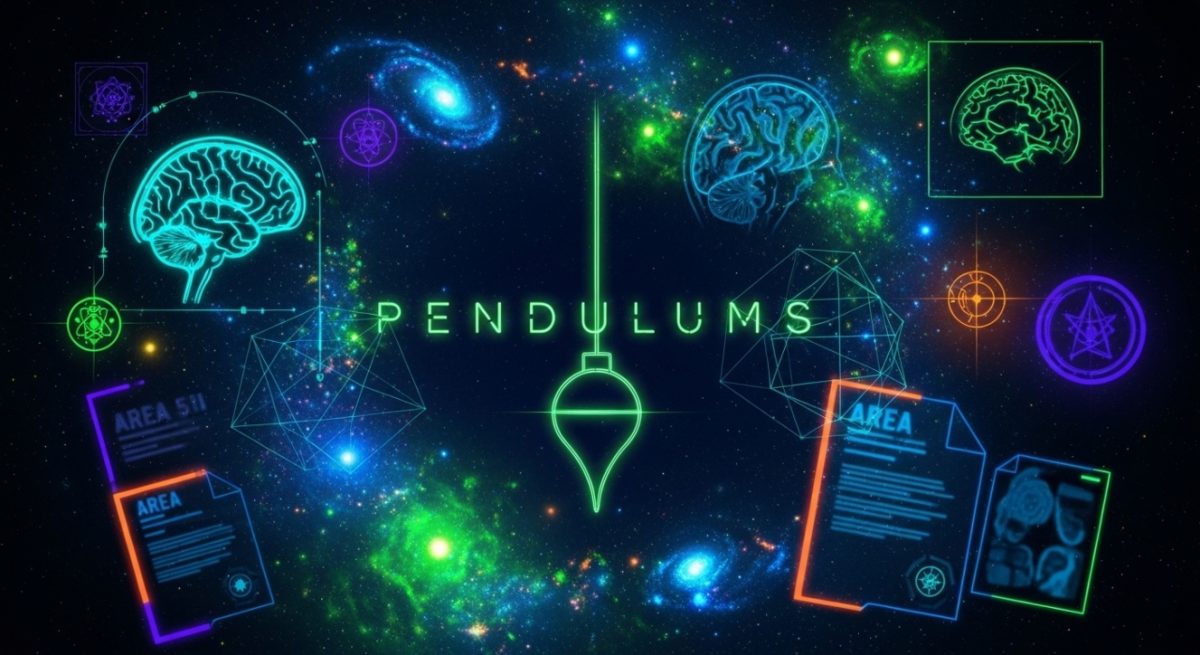
If detachment is the brake, pendulum awareness is the steering. Zeland’s pendulums are attention traps that feed on your emotional spikes – outrage threads, optimization rabbit holes, hustle‑shame. Fight them and you feed them. Notice them and step sideways.
Energy Exit Strategy – my field test: name it, neutralize it, navigate.
- Name it. “Oh, this is the Metrics Pendulum. It wants me refreshing analytics.”
- Neutralize. One shrug. One breath. No inner speech.
- Navigate. Close the tab. Open the draft. Start a 25‑minute timer in Forest so the cost of bailing becomes visible.
The weird part? The moment I stopped arguing with the distraction, the hook loosened. No exorcism required. Just less fuel.

Transurfing says to picture the result as if you were already living it – not the sweaty in‑between. Build a scene with sound, light, smell. “Final paragraph typed. Save. Send.” Then work like a person returning to a place they’ve already been. It’s corny, yes. It also stabilizes action.
Run it small: two minutes before deep work. Headphones on. Eyes soft. Play the “done” scene once, cleanly. Then a quick shift script on paper: three present‑tense lines that your future self would casually say. Repeat daily for a week. Combine with a Pomodoro – slide, then start the clock.
Why it helped me: the scene narrowed my choices. Fewer false openings, fewer micro‑decisions. The body likes being told where to stand.
Pic: inner and outer intention
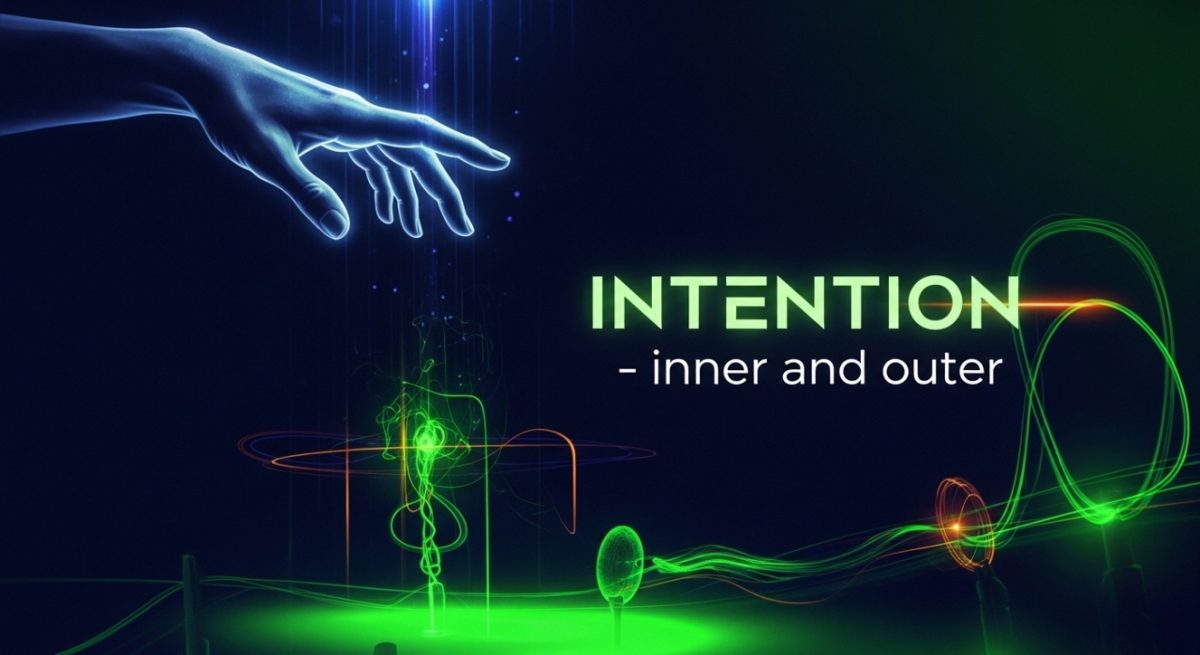
The system splits intention in two. Inner intention is me doing the thing. Outer intention is the environment doing that spooky “right person emailed back at the right time” maneuver. Whether that’s metaphysics or pattern‑spotting doesn’t matter in practice. The working rule: handle your half; leave space for the world to handle its half.
On Tuesday I stopped hammering a pitch and went for a ten‑minute walk. No epiphany, just air. I returned to find a reply from a different editor inviting the same topic from another angle. Coincidence? Probably. Useful? Definitely. This is Transurfing at its sanest – do the work, then stay available to the side doors you didn’t plan.
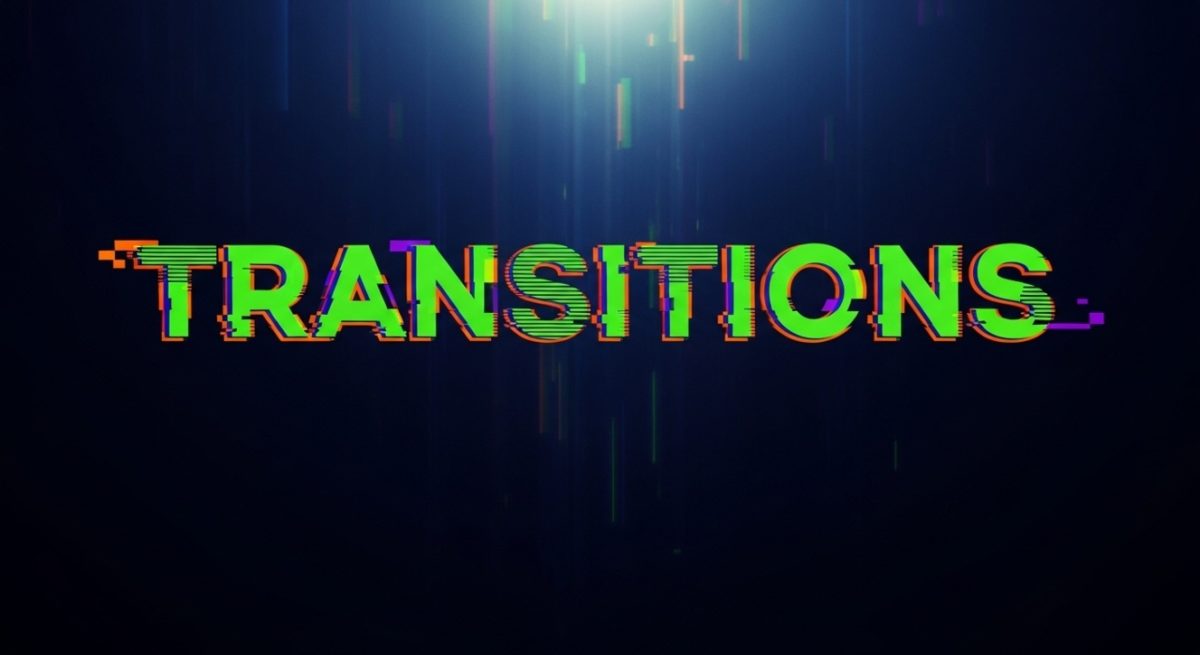
Bad vibes beget bad lifelines. Zeland calls them induced transitions – wake grumpy, spill coffee, doom‑scroll, miss a call, and you’ve slid into a trash timeline where everything insists on being sticky. The instruction is to cut the spiral early. Don’t bargain with it. Flip the switch.
Switchboard moves:
- One song you can’t resist. Volume up for three minutes.
- Gratitude interrupt. Five items, mundane counts.
- A visual of the lifeline switchboard itself – you sliding the fader from “static” to “signal.”
Silly? Maybe. Fast? Yes. And sometimes that’s the whole point.
Let’s keep the lab coat honest. There’s no solid evidence for parallel lifelines, energy pendulums, or a cosmic “outer intention” that reroutes emails. The model is unfalsifiable, which means it feels science‑y while staying outside science.
If Reality Transurfing works for you, it’s likely because its frames de‑stress your system, sharpen attention, and help you notice actual opportunities. In other words, narrative engineering, not quantum engineering. Use it like a tool, not a truth.

Seven‑Day Experiment
You don’t have to believe any of this to try it. Run a short protocol and treat it like field research.
| DAY | TASK |
| Day 1–2 | Detach: hourly breath + “already done” posture; note any drop in friction. |
| Day 3–4 | Pendulums: log three triggers; practice the Energy Exit Strategy each time. |
| Day 5–6 | Slides: two‑minute “final scene,” then the smallest next action. |
| Day 7 | Flow check: do one thing, then deliberately walk away for ten minutes; return and record what moved without you. |
Track in Notion or a paper card. Treat results like a curious researcher with a flashlight poking around an air‑duct at 3 a.m. – calm, amused, open.
Conclusion
Maybe there isn’t a secret control room under the desert with a lever marked “Your Timeline.” Maybe there’s just your attention, your posture, and how lightly you hold both. Still, the question lingers – what if the most productive version of your life already exists, and your job is simply to slide into it? I’ll see you on the next lifeline.
